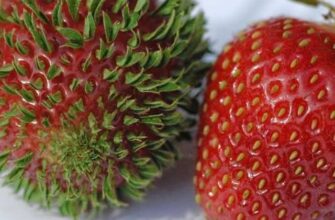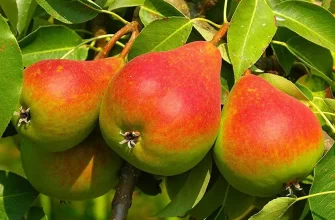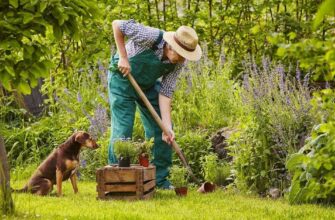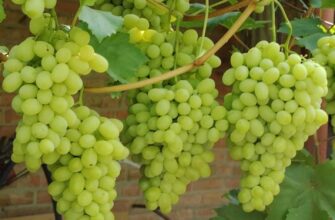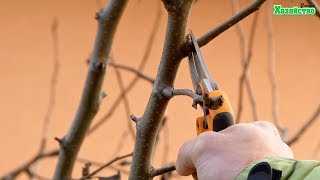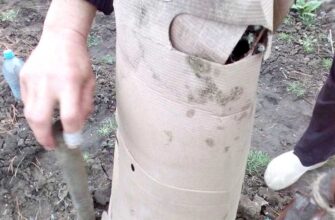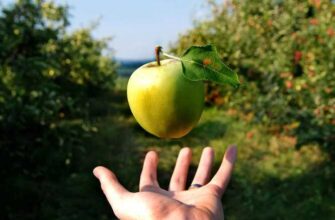- Выбор сорта винограда
- Подготовка почвы для посадки винограда
- Правильная посадка виноградных саженцев
- Выбор места для посадки
- Подготовка почвы и выбор саженцев
- Правильная посадка
- Полив и подкормка винограда
- Полив
- Подкормка
- Обрезка виноградных лоз
- Борьба с вредителями и болезнями винограда
- Оптимальная температура и освещение
- Укрытие винограда на зиму
- Система опор и поддержка виноградных лоз
- Обработка винограда после сбора урожая
- Уход за виноградом в период покоя
- Предотвращение перенаселения и засорения виноградника
- Вопрос-ответ:
- Какие принципы нормирования помогут повысить урожайность винограда?
- Как контролировать нагрузку на растение для повышения урожайности винограда?
- Как поддерживать оптимальную питательную среду для винограда?
- Как регулировать водный режим для увеличения урожайности винограда?
- Как обрезка влияет на урожайность винограда?
- Видео:
- Увеличение урожайности винограда: Нормировка как ключ к успеху

Виноград — одна из самых популярных и распространенных культур в мире. Он выращивается как для получения вкусных и ароматных ягод, так и для производства вин и других алкогольных напитков. Одним из основных факторов, влияющих на урожайность винограда, является нормирование — процесс контроля и регулирования численности плодов, созревающих на растении.
Нормирование винограда осуществляется с целью увеличения качества и количества урожая. Оно позволяет улучшить сбалансированность питательных веществ, ускорить процесс созревания ягод, а также снизить риск возникновения заболеваний и вредителей. Для этого используются различные методы и техники, которые позволяют контролировать рост и развитие растений.
Одним из основных принципов нормирования винограда является удаление лишних ягод. Это позволяет сосредоточить питательные вещества на оставшихся плодах, улучшить их качество и ускорить процесс созревания. Также важно проводить обрезку и формирование виноградных кустов, чтобы обеспечить равномерное освещение и доступ воздуха к растениям. Это помогает предотвратить повреждение от вредителей и заболеваний, а также способствует лучшему развитию и росту винограда.
Выбор сорта винограда
При нормировании урожая винограда важно учитывать выбор сорта. Каждый сорт имеет свои особенности и требования к условиям выращивания, поэтому правильный выбор сорта может существенно повлиять на урожайность виноградной лозы.
Для определения подходящего сорта винограда необходимо учитывать климатические условия региона, где будет производиться выращивание. Некоторые сорта предпочитают теплые и солнечные места, другие лучше растут в прохладных условиях.
Также стоит учитывать цель выращивания винограда. Некоторые сорта подходят для производства вин, другие — для потребления в свежем виде. Кроме того, существуют сорта, которые особенно ценятся за свою урожайность, а также сорта, отличающиеся устойчивостью к болезням и вредителям.
Для увеличения урожайности винограда и достижения оптимальных результатов при нормировании урожая необходимо выбирать сорта, которые наиболее подходят для конкретного региона и цели выращивания. Это позволит получить максимальную урожайность и качество продукции.
Подготовка почвы для посадки винограда
Подготовка почвы для посадки винограда является важным этапом, определяющим успешность будущего урожая. Корректное выполнение этого шага позволяет создать оптимальные условия для роста и развития виноградных лоз, а также обеспечить высокий уровень плодоношения.
Первым шагом при подготовке почвы является удаление сорняков и других растительных остатков. Это позволяет предотвратить конкуренцию между виноградом и сорняками за питательные вещества и влагу в почве.
Далее необходимо провести глубокую вспашку почвы, что способствует ее рыхлению и проникновению воздуха и влаги в корневую зону растений. Также рекомендуется добавить в почву органическое удобрение, такое как перегной или компост. Это позволит обогатить почву необходимыми питательными веществами для роста и развития виноградных лоз.
После вспашки и добавления удобрений необходимо провести уплотнение почвы, чтобы создать оптимальные условия для корневой системы винограда. Для этого можно использовать специальные инструменты или просто притоптать почву ногами.
Важным этапом подготовки почвы является установка опор для виноградных лоз. Опоры должны быть прочными и надежными, чтобы выдерживать вес гроздей винограда. При установке опор необходимо учесть расстояние между ними, чтобы обеспечить достаточное пространство для роста и развития виноградных лоз.
Правильная посадка виноградных саженцев
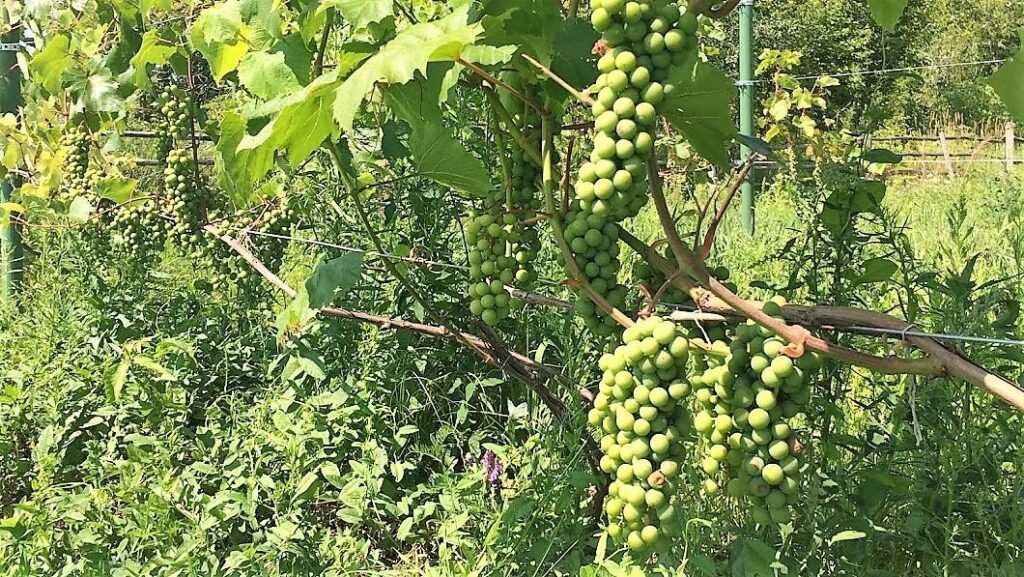
Правильная посадка виноградных саженцев является одним из основных моментов в нормировании урожая. От этого этапа зависит будущее развитие растения и его плодоношение. При посадке необходимо учитывать несколько ключевых моментов, которые обеспечат успешное развитие виноградной лозы.
Выбор места для посадки
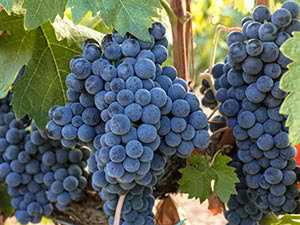
Место для посадки виноградных саженцев должно быть хорошо освещенным и защищенным от сильных ветров. Важно также учесть характеристики почвы: она должна быть плодородной, хорошо дренированной и иметь нейтральную или слабокислую реакцию. Если почва имеет высокую кислотность, ее следует известковать.
Подготовка почвы и выбор саженцев
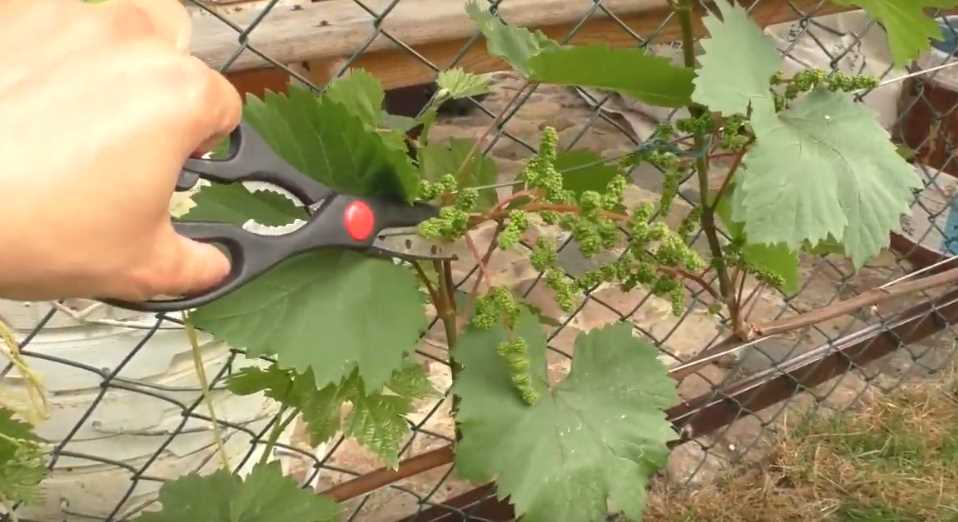
Перед посадкой виноградных саженцев необходимо тщательно подготовить почву. Для этого рекомендуется внести органические удобрения и провести междурядные работы. Также необходимо выбрать качественные саженцы, имеющие развитую корневую систему и отсутствие видимых повреждений.
Правильная посадка
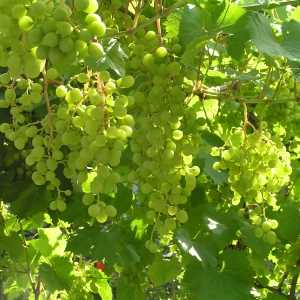
При посадке виноградных саженцев следует учесть следующие моменты. Саженцы должны быть посажены на глубину 40-50 см с учетом плотного прижимания земли к корням. Между растениями необходимо оставить достаточное расстояние для обеспечения доступа кислорода и нормального развития корней. После посадки растения следует обильно полить и замульчировать почву.
Полив и подкормка винограда
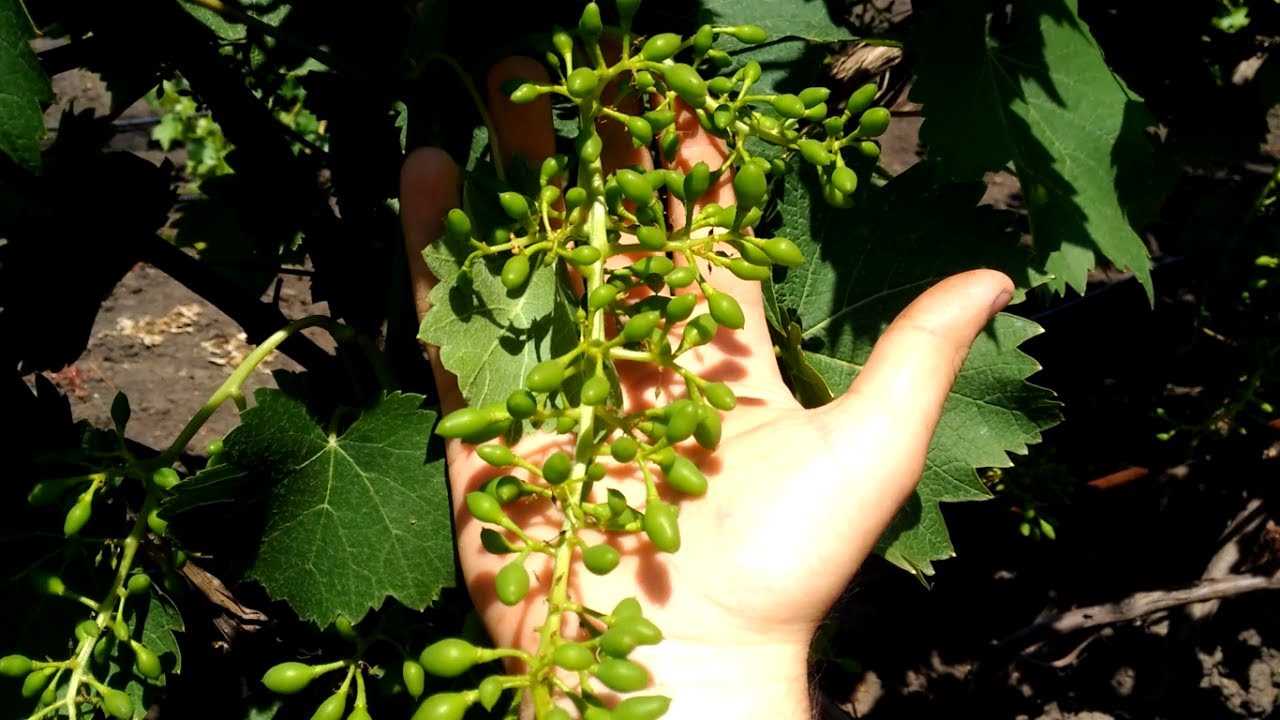
Одним из важнейших аспектов повышения урожайности винограда является правильное проведение полива и подкормки растений. Эти мероприятия позволяют обеспечить оптимальные условия для роста и развития виноградных лоз, а также повысить их устойчивость к различным патологиям и неблагоприятным факторам окружающей среды.
Полив
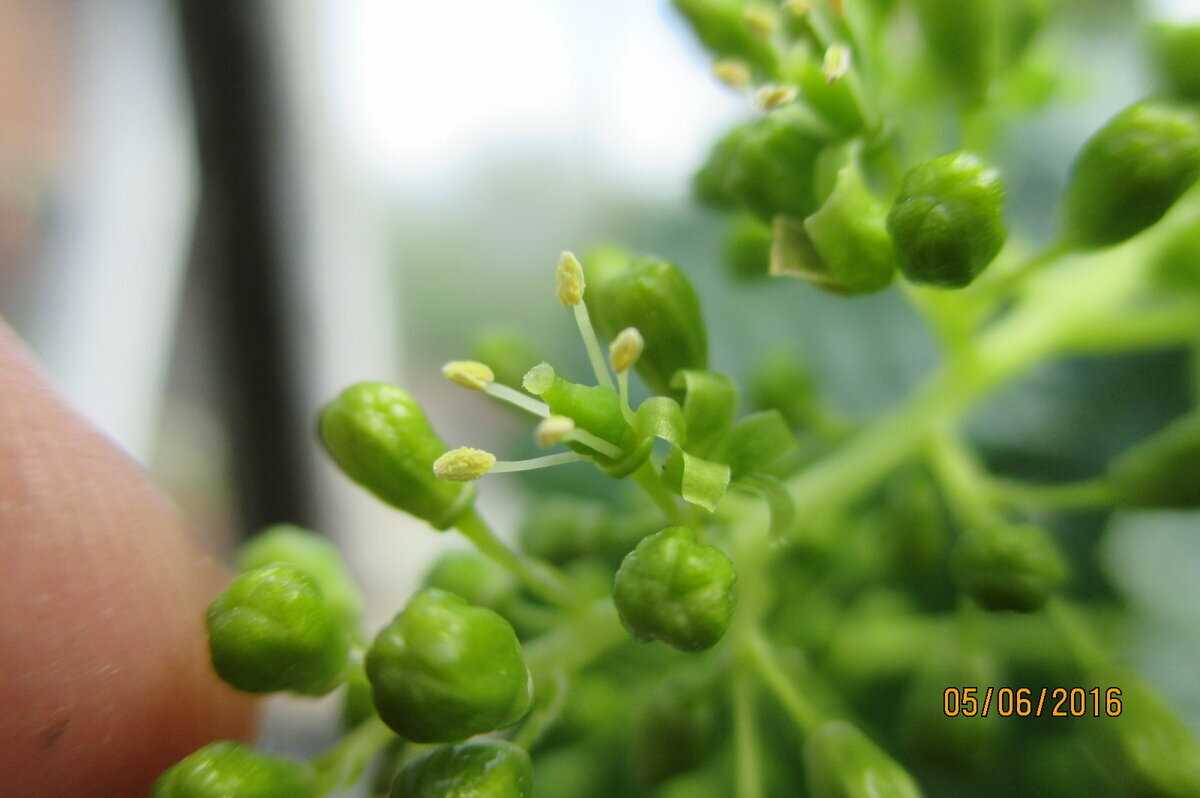
Полив винограда является неотъемлемой частью процесса выращивания растений. Он должен осуществляться регулярно, особенно в периоды активного роста и формирования ягод. Недостаток влаги может привести к снижению урожайности, а избыток – к развитию гнили и других заболеваний.
Оптимальная влажность почвы для винограда – 20-25%. Во время полива следует учитывать структуру почвы и степень ее увлажненности. Различные сорта и группы сортов могут требовать разных режимов полива. Например, для сортов раннего созревания полив производится сразу после цветения, а для сортов позднего созревания – в период формирования ягод.
Подкормка
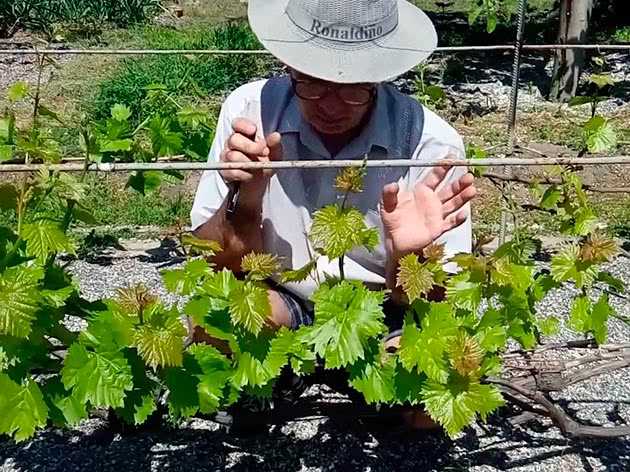
Подкормка винограда – это важная мера, направленная на обеспечение растения необходимыми питательными веществами. Она позволяет укрепить иммунитет растения, повысить устойчивость к болезням и вредителям, а также увеличить урожайность.
Оптимальное время для подкормки винограда – весна и осень. Весенняя подкормка проводится перед началом вегетации, а осенняя – после сбора урожая. Для подкормки можно использовать органические и минеральные удобрения, причем дозировка и состав удобрений должны соответствовать потребностям конкретного сорта винограда.
Обрезка виноградных лоз
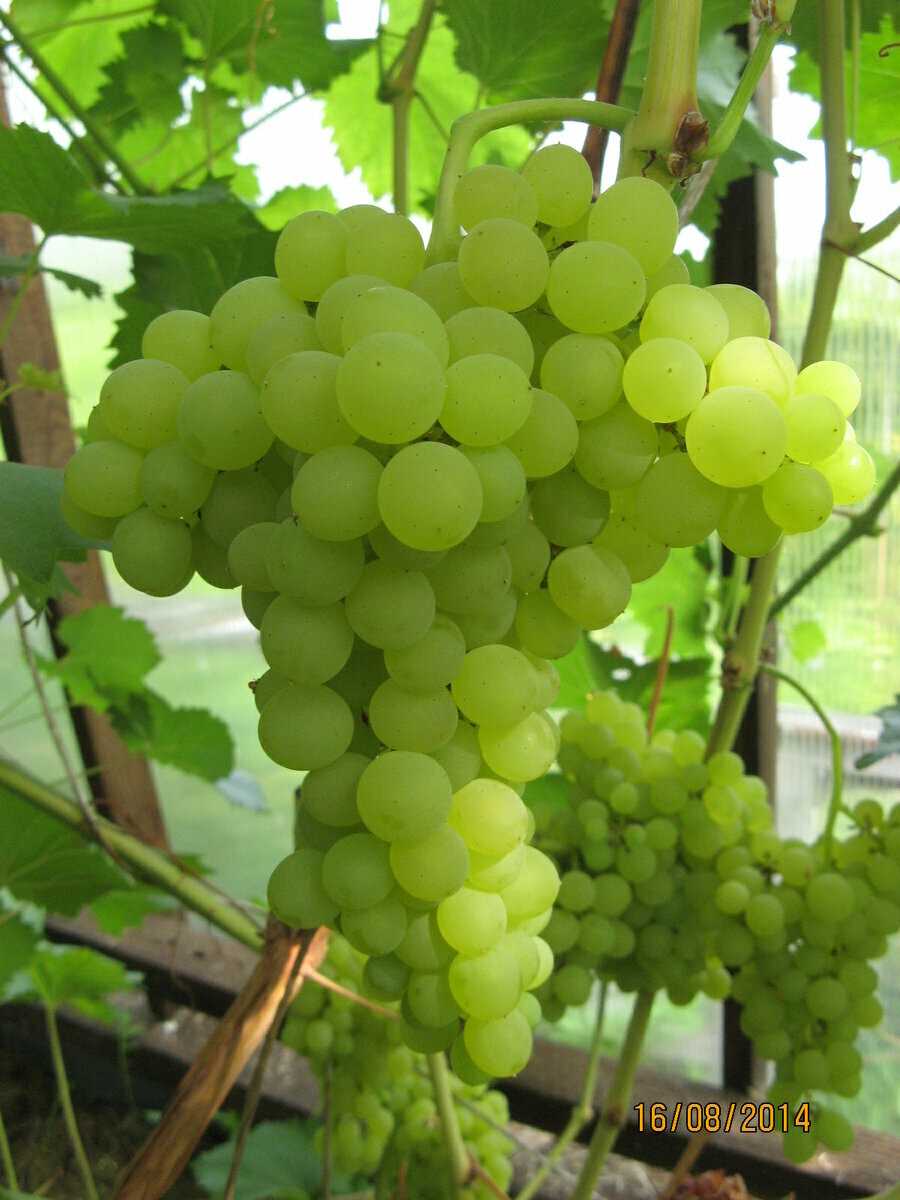
Обрезка является одной из ключевых операций в заботе о винограде. Она позволяет контролировать рост и формирование растения, а также повышает урожайность. Нормирование количества лоз на винограднике играет важную роль в этом процессе.
Нормирование — это удаление лишних побегов и листьев, чтобы сохранить оптимальную площадь для плодоношения виноградных лоз. Нормирование проводится в разные периоды роста растения и включает в себя различные методы обрезки.
Основные принципы обрезки:
- Удаление слабых и поврежденных лоз. Побеги, которые не имеют достаточной силы для формирования здоровых и качественных гроздей, следует удалить.
- Формирование опорной системы. Обрезка виноградных лоз позволяет создать правильную форму растения и обеспечить ему поддержку. Это помогает предотвратить погнутость и повреждение плодов винограда.
- Удаление лишних побегов и листьев. Нормирование количества лоз позволяет растению сосредоточить свои силы на развитии качественных гроздей, а также обеспечивает лучшую циркуляцию воздуха и доступ света к плодам.
- Поддержание оптимальной площади для плодоношения. Нормирование способствует созданию оптимальных условий для развития и зрелости гроздей винограда.
Обрезка виноградных лоз является важным аспектом ухода за виноградом. Она помогает контролировать рост и формирование растения, а также повышает урожайность. Следуя основным принципам обрезки и проводя нормирование количества лоз, можно достичь высоких результатов в выращивании винограда.
Борьба с вредителями и болезнями винограда
Одной из важнейших мер по повышению урожайности винограда является борьба с вредителями и болезнями растения. Параллельно с нормированием урожая необходимо применять эффективные методы защиты винограда от вредителей, таких как виноградная моль, виноградная колонкоплита и др.
Для борьбы с вредителями можно использовать механические методы, такие как уничтожение яиц и гусениц вручную, а также применение специальных ловушек и препаратов. Это позволит предотвратить размножение вредителей и уменьшить их популяцию на виноградниках.
Так стоп!!! Вы всё ещё не подписаны на наши каналы в Телеграмм и Дзен? Посмотрите: ТГ - (@historyfantasydetectivechat) и Дзен (https://dzen.ru/myshortsstorys)
Особое внимание следует уделять защите от болезней винограда. Различные грибковые инфекции, такие как мучнистая роса, милдью, черная гниль и др., могут значительно снизить урожайность и качество плодов. Для предотвращения развития болезней необходимо регулярно обрабатывать растения специальными препаратами и соблюдать санитарные правила на винограднике.
Для эффективной борьбы с болезнями и вредителями рекомендуется применять комплексный подход, включающий в себя как профилактические меры, так и лечебную обработку растений. Важно также проводить регулярные осмотры виноградников и своевременно выявлять первые признаки поражения растений.
Борьба с вредителями и болезнями винограда является неотъемлемой частью процесса повышения урожайности и качества плодов. Систематическое нормирование урожая, совмещенное с эффективными методами защиты, позволит обеспечить высокую урожайность и здоровье растений на всем протяжении вегетационного периода.
Оптимальная температура и освещение
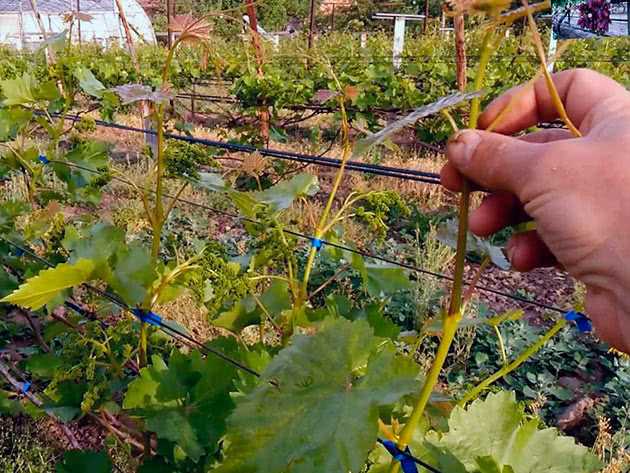
Для достижения высокой урожайности винограда необходимо обеспечить оптимальную температуру и освещение.
Виноград предпочитает теплый климат и хорошее освещение. Оптимальная температура для роста и развития винограда составляет от 20 до 30 градусов по Цельсию. На более низких температурах растение может замедлить свой рост, а на более высоких — перегреться и испытывать стресс, что негативно сказывается на урожае.
Освещение также играет важную роль в развитии винограда. Растение нуждается в достаточном количестве солнечного света для проведения фотосинтеза, который обеспечивает рост и развитие растения, а также формирование плодов. Недостаток освещения может привести к замедлению роста и снижению урожая.
При выращивании винограда важно выбирать место с хорошей освещенностью и защищенное от сильных ветров. Также можно использовать различные методы и техники, такие как укрывание, чтобы защитить растение от неблагоприятных погодных условий и обеспечить оптимальные условия для роста и развития винограда.
Укрытие винограда на зиму
Одним из важных аспектов заботы о винограде является его укрытие на зимний период. Применение специальных укрытий позволяет защитить растения от неблагоприятных погодных условий и улучшить условия для развития почек и бутонации, что в итоге положительно сказывается на урожае винограда.
При выборе метода укрытия следует учитывать региональные климатические условия и сорт винограда. Наиболее распространенным способом является использование пленочных укрытий. Пленки, установленные над рядами винограда, защищают растения от холода и ветра. Важно обеспечить правильную вентиляцию, чтобы избежать конденсации и гниения растений.
Для дополнительной защиты можно использовать также антифризные материалы, например, агроволокно или специальные покровы. Эти материалы создают дополнительный тепло- и влагоизоляционный слой, который обеспечивает сохранность почек и укоренение виноградных растений.
Необходимо помнить, что укрытие винограда на зиму должно быть выполняться с учетом возможности вентиляции и доступа к солнечному свету. Также следует учитывать, что некоторые сорта винограда могут быть более устойчивыми к зимним условиям и не требовать такой интенсивной защиты.
Система опор и поддержка виноградных лоз
Одним из важных аспектов повышения урожайности винограда является правильная система опор и поддержки лоз. Нормирование роста и распределение нагрузки на растение играют ключевую роль в формировании качественного и обильного урожая.
Для поддержки виноградных лоз часто используются различные типы опор. Наиболее распространенные из них — это столбики, канаты и дуги. Они позволяют лозам сохранять вертикальное положение и удерживать плоды на достаточном расстоянии от земли, что предотвращает повреждение урожая и обеспечивает равномерное освещение и доступ к кислороду.
Система опор и поддержки виноградных лоз должна быть грамотно спланирована и установлена. Необходимо учитывать особенности сорта и условия выращивания, чтобы обеспечить оптимальный рост и развитие растений. Важно также регулярно осуществлять обрезку лоз, чтобы поддерживать их форму и контролировать нагрузку на растение.
Важной частью системы поддержки является нормирование урожая. Это процесс удаления лишних плодов и кистей, чтобы обеспечить равномерное развитие и зрелость оставшихся. Нормирование урожая позволяет не только повысить качество и размер плодов, но и улучшить их вкусовые характеристики. Оно также способствует более эффективному использованию питательных веществ и воды, что положительно сказывается на здоровье растений и урожае.
Обработка винограда после сбора урожая
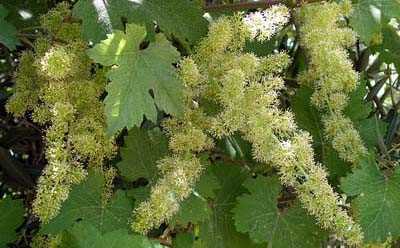
После сбора урожая винограда необходима обработка ягод, чтобы сохранить их качество и продлить срок хранения. Основной целью обработки является удаление загрязнений, микроорганизмов и инсектов, а также предотвращение развития гнили и плесени.
Очистка винограда проводится с помощью механической обработки. Ягоды пропускают через специальные сита или вальцы, где удаляются листья, палки и другие посторонние предметы. Это позволяет получить чистый материал для дальнейшей обработки.
Сортировка ягод проводится для разделения винограда на категории по размеру и качеству. Более крупные и зрелые ягоды используются для производства высококачественных вин, а меньшие и поврежденные – для производства низкокачественных или кулинарных изделий.
Обработка антисептиком проводится для уничтожения микроорганизмов на поверхности ягоды. Для этого используются специальные растворы, которые обрабатываются ягоды перед дальнейшей переработкой или хранением.
Упаковка и хранение – последний этап обработки винограда после сбора урожая. Ягоды упаковываются в специальные контейнеры или коробки, чтобы предотвратить механические повреждения и сохранить свежесть. Затем виноград хранится в специальных условиях, где поддерживается оптимальная температура и влажность.
Уход за виноградом в период покоя
В период покоя, который наступает после сбора урожая, виноград нуждается в особом уходе. Этот период является важным для подготовки растения к будущему сезону и улучшения урожайности.
Обрезка винограда. В период покоя осуществляется обрезка лишних ветвей и побегов. Это позволяет винограду сохранить свою форму и структуру, а также улучшить проникновение солнечного света и воздуха внутрь куста. В результате этой процедуры урожайность винограда увеличивается, так как благоприятные условия помогают растению развиваться и плодоносить лучше.
Удаление опавших листьев и отмерших побегов. В этот период следует убрать все опавшие листья и отмершие побеги, чтобы предотвратить распространение болезней и вредителей. Это также позволит винограду восстановиться и сохранить свою силу на следующий сезон.
Подкормка винограда. В период покоя винограду можно провести подкормку. Чтобы поддержать растение и улучшить качество урожая, можно использовать органические и минеральные удобрения. Правильное питание влияет на рост и развитие винограда, а также на формирование ягод.
Защита от заболеваний. Важно провести обработку винограда от возможных заболеваний. Это поможет предотвратить распространение грибковых и вирусных инфекций, которые могут негативно повлиять на урожайность. Регулярное применение специальных препаратов поможет уберечь растение от возможных повреждений.
Предотвращение перенаселения и засорения виноградника
Одной из важных задач виноградника является поддержание оптимальной плотности посадки растений. Для этого применяется нормирование урожая, которое помогает предотвратить перенаселение и засорение виноградника.
Нормирование урожая предусматривает удаление лишних гроздей и побегов, что позволяет растениям получить достаточно питательных веществ и пространства для роста и развития. Отсутствие нормирования может привести к ухудшению качества плодов, увеличению риска возникновения болезней и вредителей, а также снижению урожайности.
Для проведения нормирования урожая необходимо учитывать особенности сорта и условия выращивания. Рекомендуется проводить процедуру на ранней стадии развития винограда, когда побеги и грозди еще небольшие. При нормировании следует оставлять только наиболее крупные и здоровые грозди, удаляя остальные. Также необходимо удалить поврежденные и слабые побеги, чтобы обеспечить оптимальный рост и развитие растений.
Засорение виноградника также может быть вызвано наличием сорняков и других нежелательных растений. Для предотвращения засорения рекомендуется проводить регулярную обработку почвы, применять мульчирование и прополку. Также важно контролировать наличие вредителей и болезней, проводить соответствующие мероприятия по их предотвращению и лечению.
Все эти меры помогут поддерживать оптимальные условия для роста и развития виноградных растений, предотвращать перенаселение и засорение виноградника, а также повышать урожайность и качество плодов.
Вопрос-ответ:
Какие принципы нормирования помогут повысить урожайность винограда?
Основные принципы нормирования, которые помогут повысить урожайность винограда, включают контроль нагрузки на растение, поддержание оптимальной питательной среды, регулирование водного режима, обрезка и защита от болезней и вредителей.
Как контролировать нагрузку на растение для повышения урожайности винограда?
Для контроля нагрузки на растение рекомендуется оставлять определенное количество кистей или гроздей на каждой лозе, в зависимости от сорта и возраста растения, а также от погодных условий. Необходимо удалять лишние кисти, чтобы обеспечить достаточное питание и развитие оставшихся.
Как поддерживать оптимальную питательную среду для винограда?
Для поддержания оптимальной питательной среды необходимо проводить анализ почвы и удобрять ее соответствующими минеральными и органическими удобрениями. Также важно поддерживать правильный уровень кислотности почвы и обеспечить доступность необходимых микроэлементов для растения.
Как регулировать водный режим для увеличения урожайности винограда?
Регулирование водного режима включает правильный полив и организацию дренажа. Растение нуждается в достаточном количестве влаги, особенно в периоды активного роста и созревания плодов. Однако избыток влаги также может негативно сказаться на урожайности. Поэтому важно учитывать климатические условия и потребности конкретного сорта винограда.
Как обрезка влияет на урожайность винограда?
Обрезка винограда позволяет формировать правильную крону растения, удалять лишние побеги и проводить поддерживающую обрезку весной и осенью. Это помогает улучшить доступность света и воздуха к кистям, а также сократить нагрузку на растение, что способствует повышению урожайности.

